Animal Photography: Tips for Taking Photos of Dogs, Cats, and Wildlife
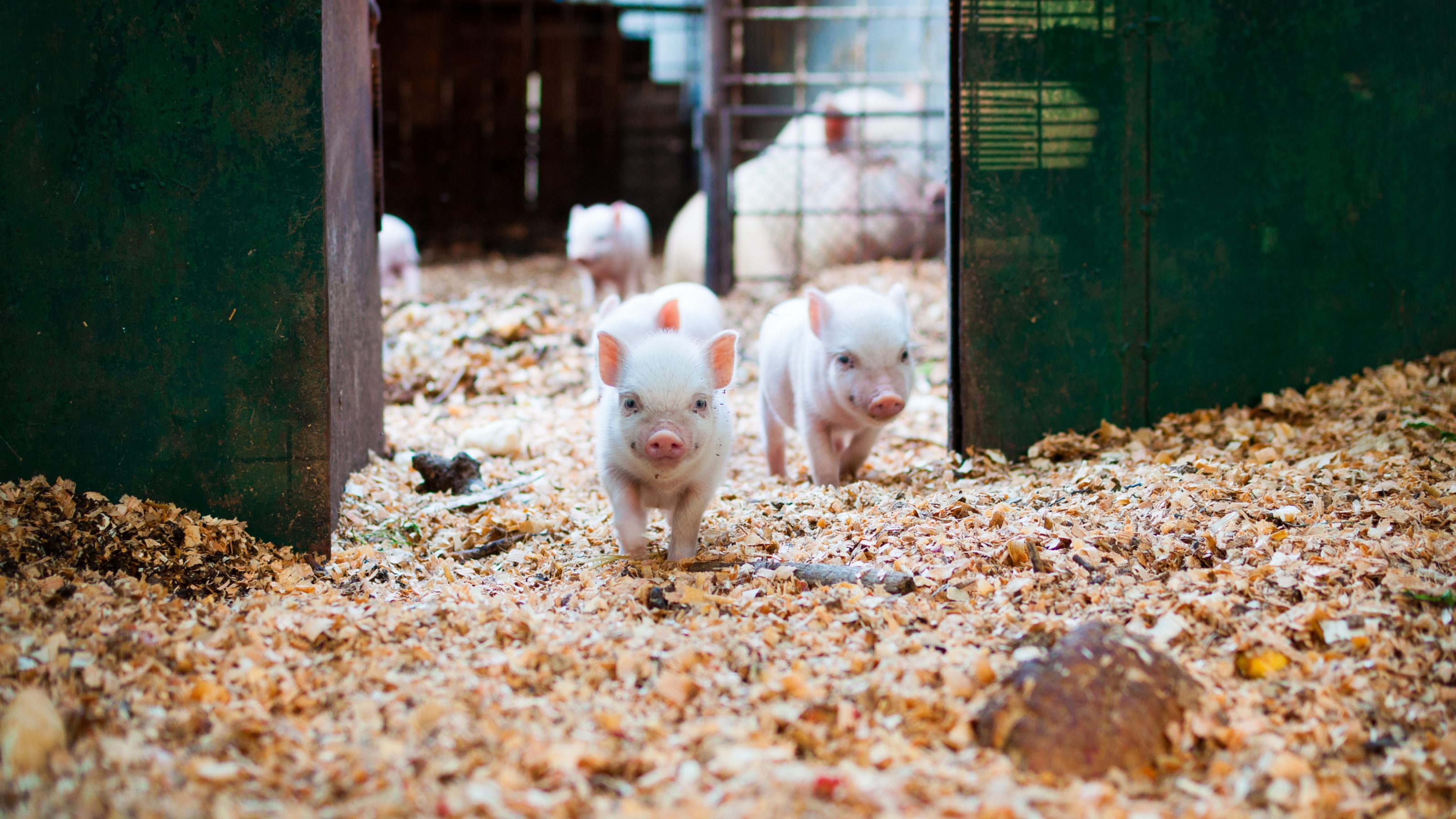
Want to capture an animal’s portrait with a twinkle in their eye, a dog mid-jump, or a cat in motion? Animal photography is a bit like silent hunting. Only instead of a weapon, you’re holding a camera, and instead of a trophy, you bring home a one-of-a-kind photo. In this article, you’ll learn how to take great animal photos, from technique to composition and working with light. These tips will help you get more striking, vivid results.
Before you start shooting, take a moment to observe the animal. How does it move? What expressions does it make? If you’re photographing your own dog or cat, you probably already know their habits. How they stretch after a nap or focus and tense up before pouncing on a toy. Try to tap into their curiosity—a sound, treat, or toy can quickly get their full attention.
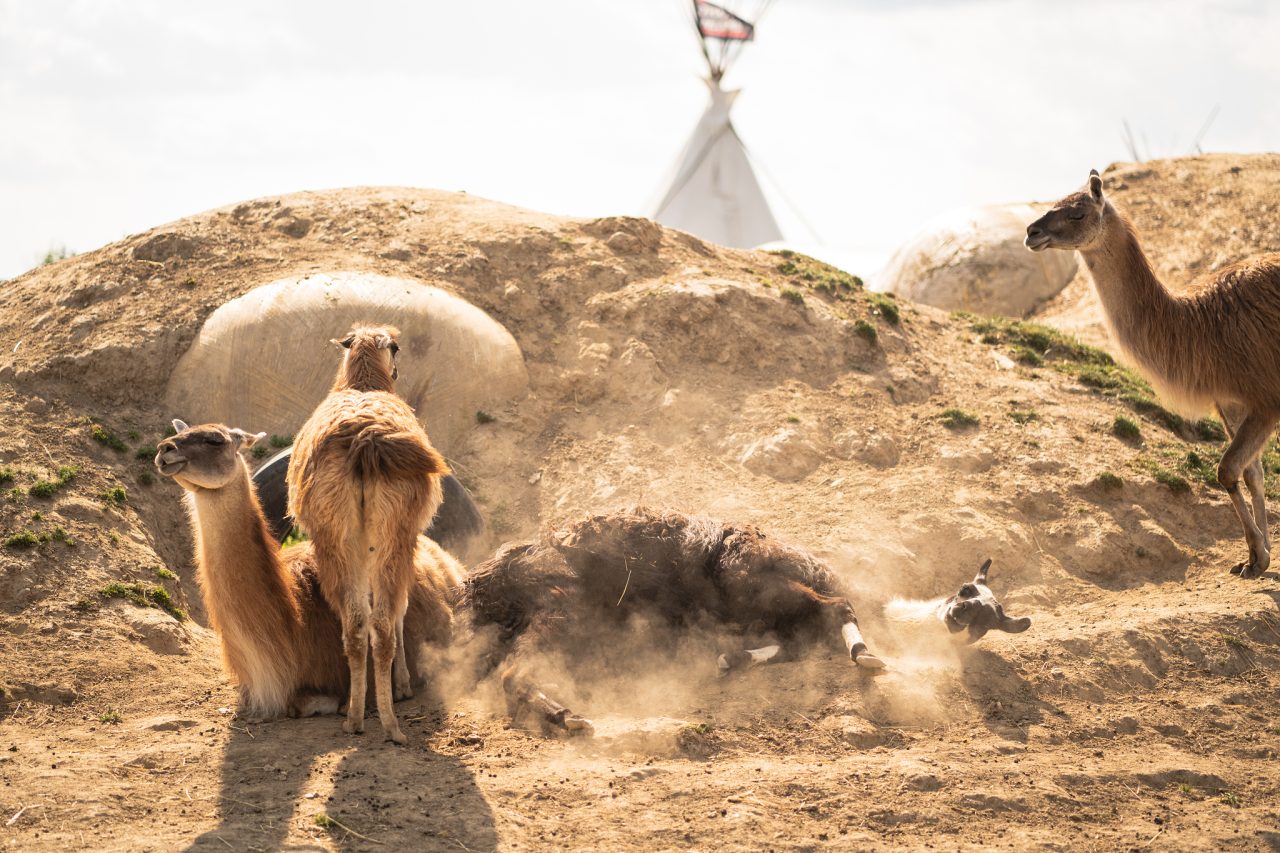
If you’re able to capture the animal’s personality, the photo becomes much more powerful. Pay attention to their body language—a relaxed pose or bored look can tell its own story through the lens.
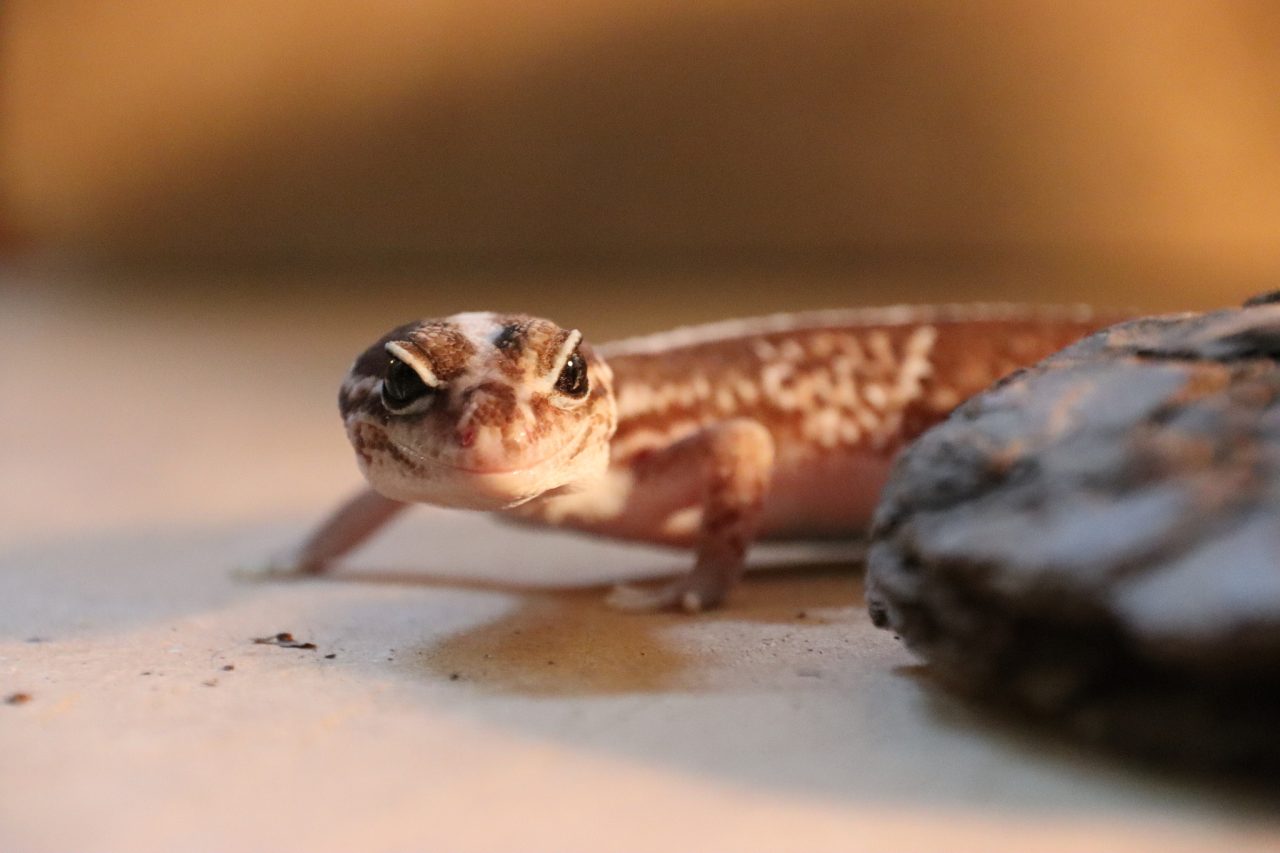
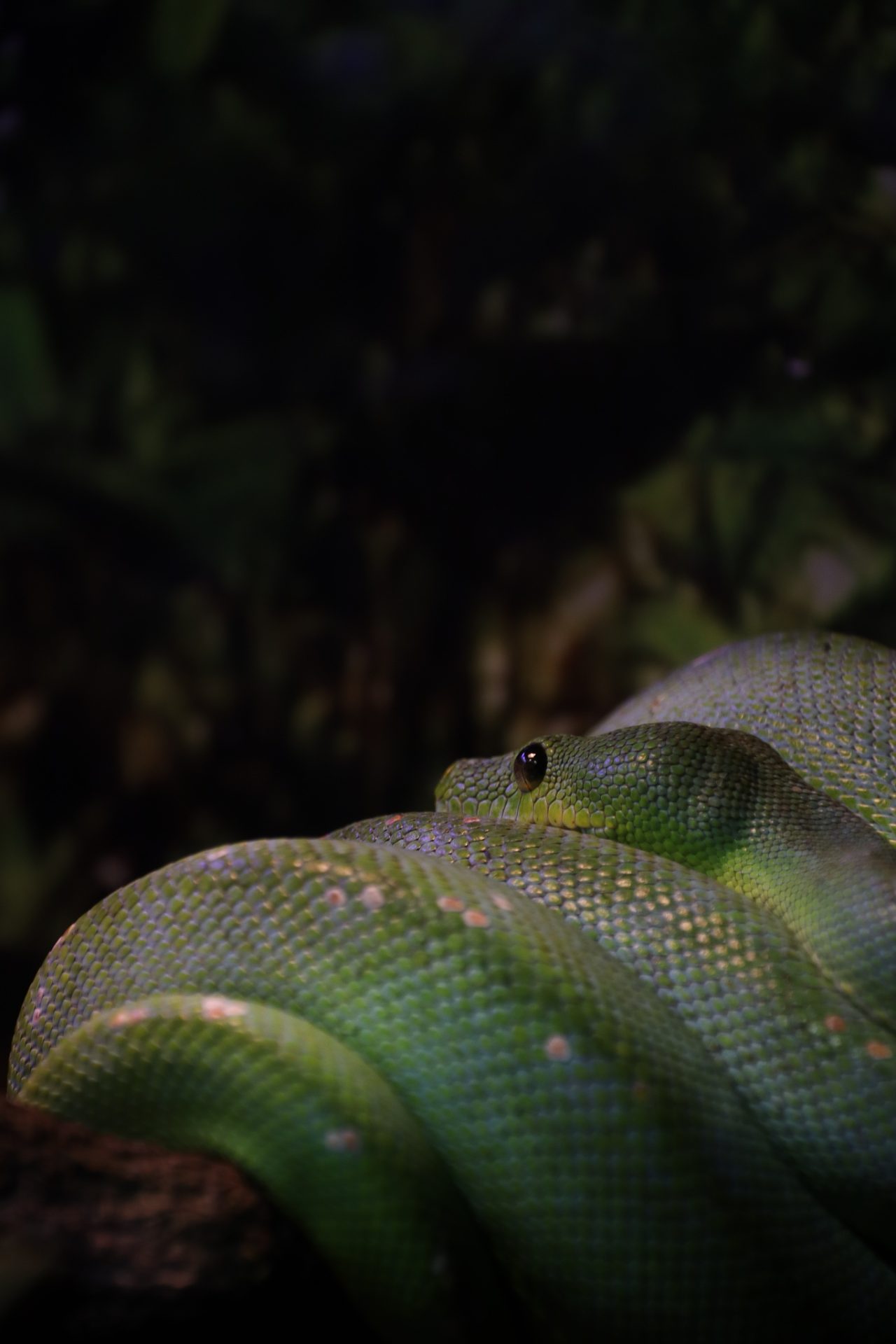
Venda is a photographer from the Foton course I run with Petra, another writer for Learn Photography. She specializes in animal photography and, among other things, has a great eye for their unmistakable expressions. Photo © Vendelín Vybíral
Get closer, but be respectful
With skittish animals, patience is key. If you’re not in immediate danger, try squatting. This makes you seem less threatening. Avoid sudden movements or loud noises. Many wild animals are sensitive to human presence and may change their behavior or even flee if disturbed.
But like children, many animals are naturally curious. Goats are undoubtedly among the most curious. They might even start nibbling on your camera bag. If you catch the moment one of them reaches for your lens with a curious look, you’ve got the perfect shot.
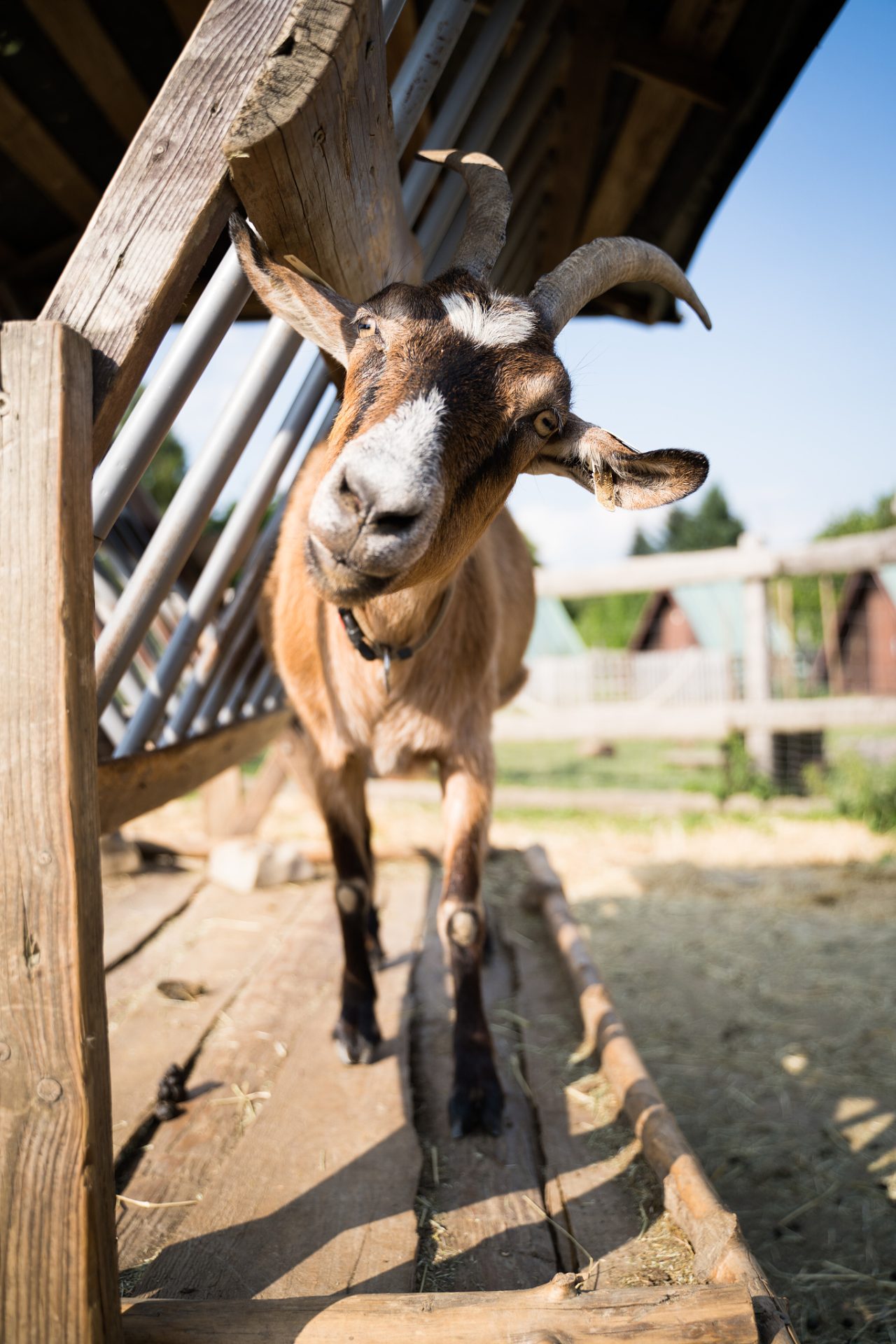
Camera settings for animal photography
Imagine you’re photographing a running dog. You want a sharp image, but end up with a blur. Why? Most likely, your shutter speed was too slow.
For moving animals, use AF-S or shutter priority mode (Tv/S on some cameras) and set your shutter speed to at least:
- 1/500s for a running dog
- 1/1000s for birds in flight
- Up to 1/2000s for pin-sharp photos
Continuous focus mode (AF-C or AI Servo) is also a great tool. It allows the camera to keep focusing based on the animal’s movement. When is this helpful? For situations like when the animal is running straight at you. In single-shot mode, it moves closer in the time between focusing and releasing the shutter button, and your image would be out of focus.
Increase your odds of capturing the perfect moment by shooting in burst mode. Always focus on the eyes—if the eyes are sharp, the entire image looks better.
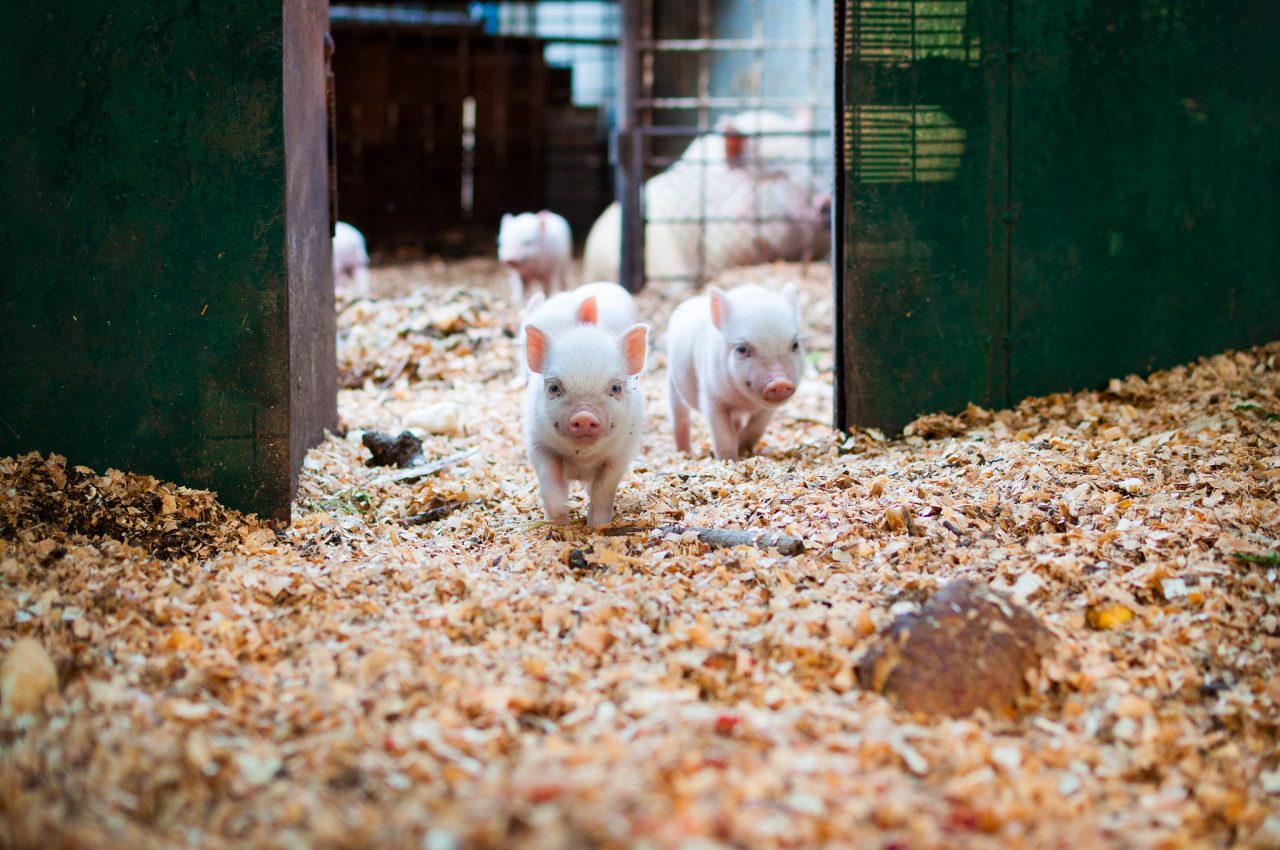
Composition tips for animal photography
The right composition can turn an ordinary photo into a masterpiece. It’s all about the way you arrange the elements in the frame to make it balanced, visually interesting, and naturally lead the viewer’s eye to the main subject—in this case, the animal.
Try using the rule of thirds: Imagine a grid of three horizontal and three vertical lines, and try to place your main subject where the lines intersect. This creates a more natural and balanced image than placing the subject dead center.

If the animal is running or flying, leave more space in the foreground to give the impression of motion and direction. You can also use diagonal lines, like forest paths, to guide the viewer’s eye through the photo.
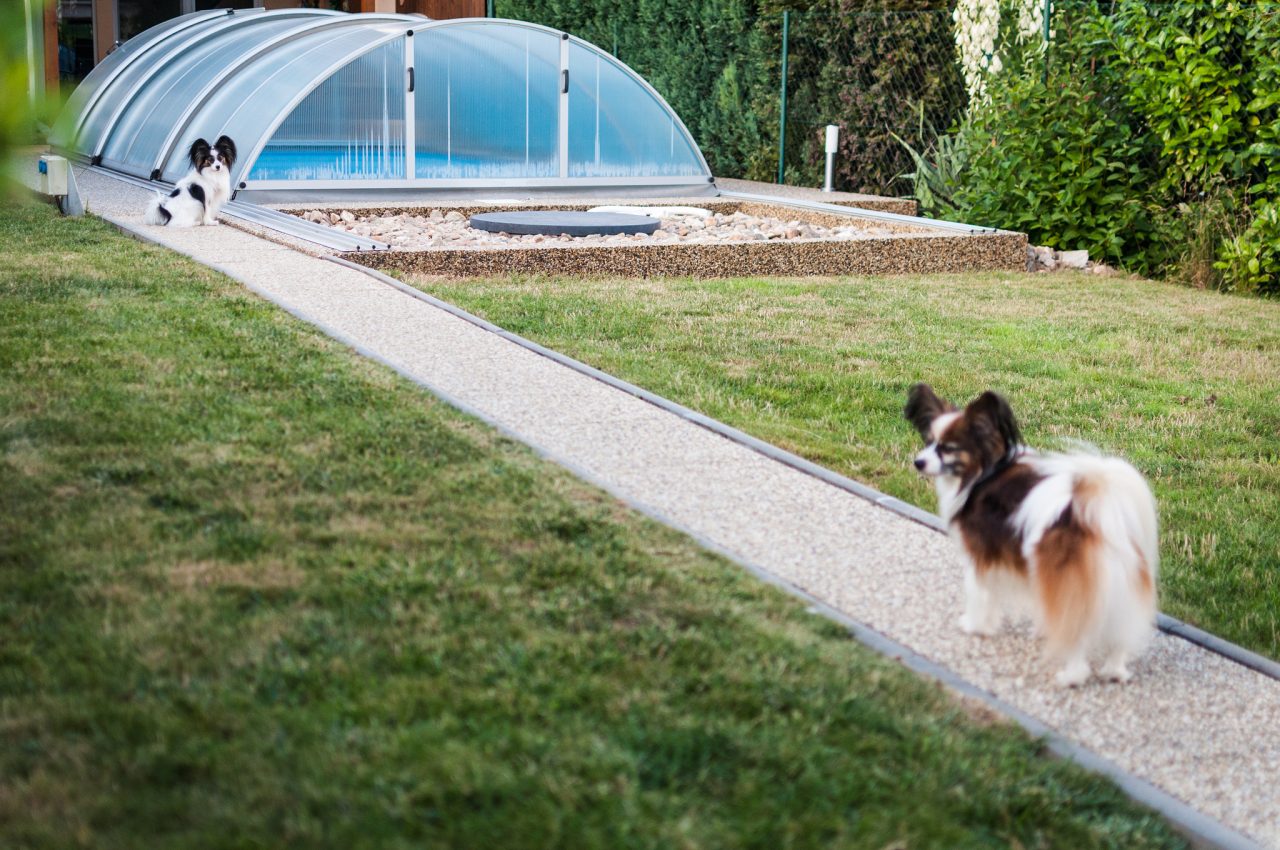
If you’re shooting through branches, a window, or a fence, you can use them as natural framing to emphasize the subject and add depth to the shot.
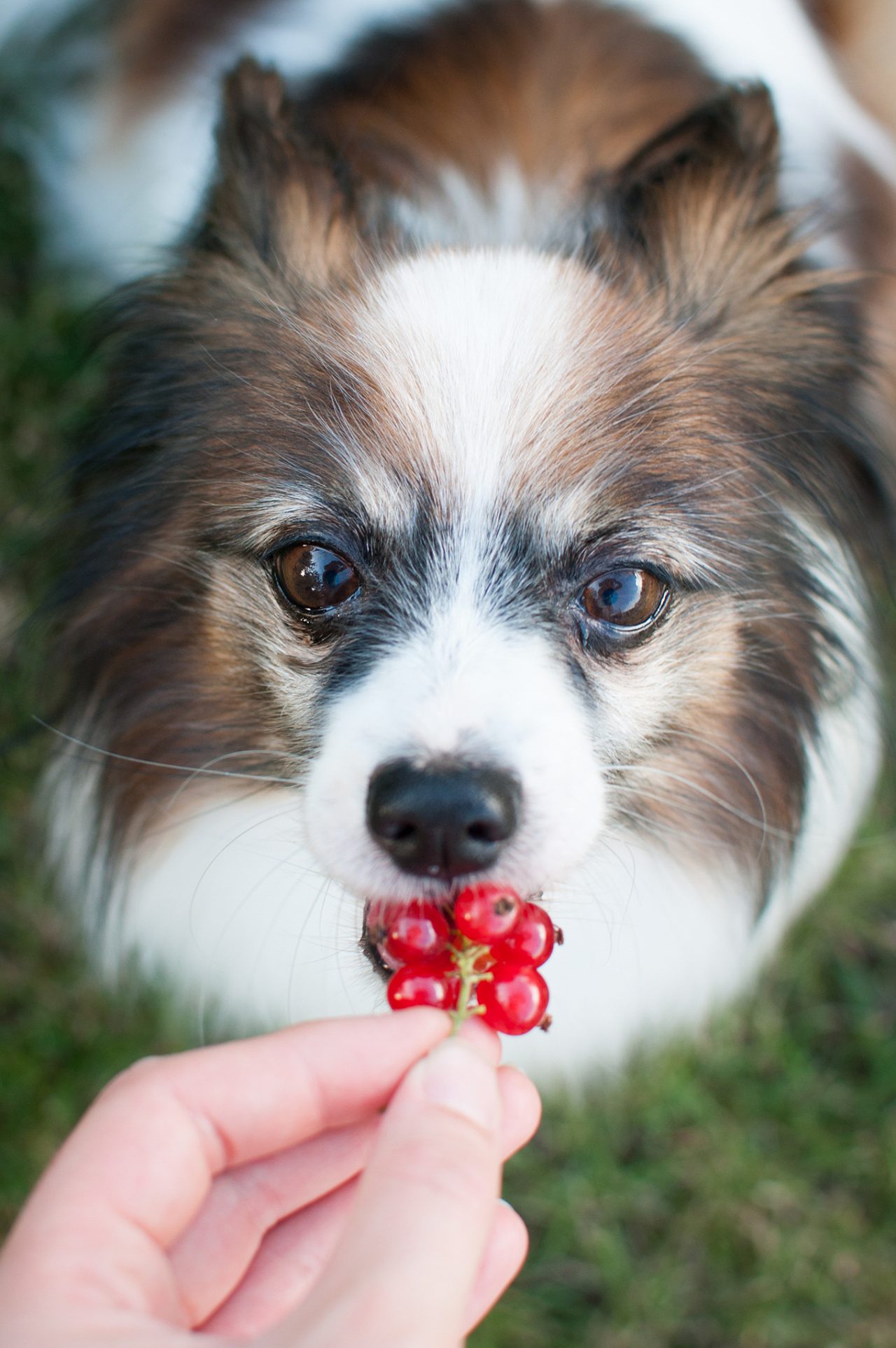
Lighting in animal photography
Light dramatically influences the mood of your photo. Soft morning or evening light creates a warm, natural feel, while harsh midday sun can cast unwanted shadows. Watch how the light reflects off the animal’s fur and eyes. Sometimes a small shift makes a big difference. And if you don’t have enough light, increase ISO to 800–3200 to avoid motion blur. Just be mindful of noise. Some cameras handle noise better than others.
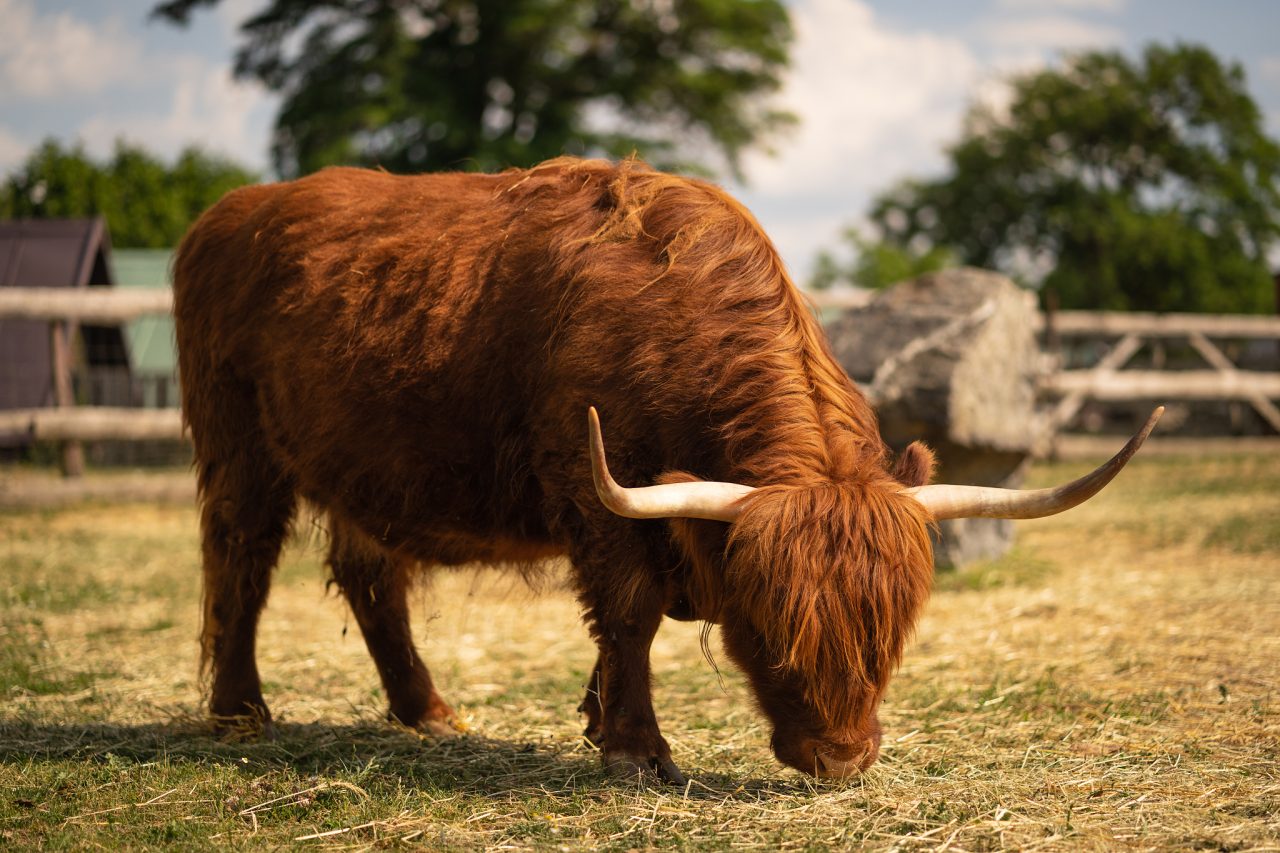
White balance and odd fur colors
Auto white balance doesn’t always get it right, especially outdoors under cloudy skies. Animal fur can pick up blue or greenish tones that look unnatural. If you notice this, try manually setting white balance to around 5000–6000K or switch to “cloudy” mode.
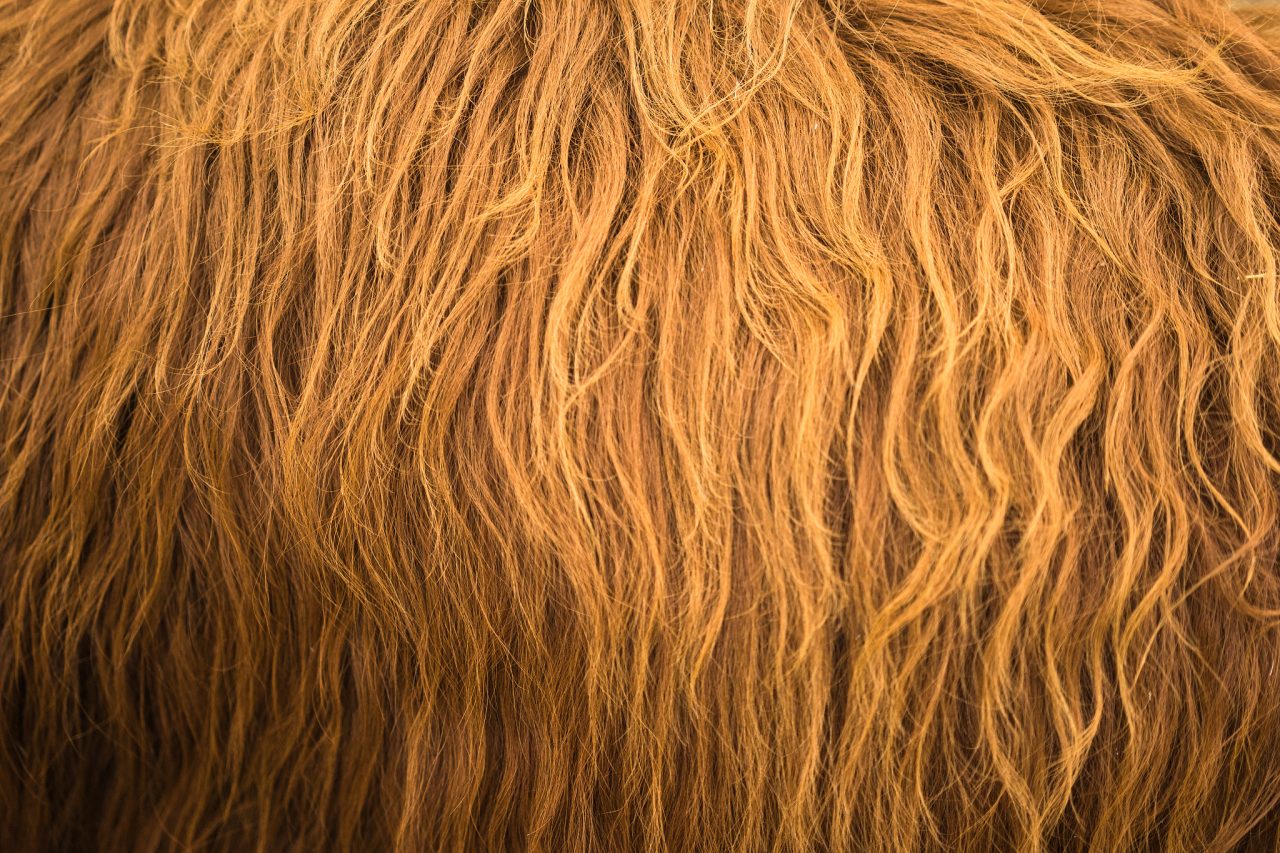
Try different angles
Animal photography is a great opportunity to experiment. Try shooting from the animal’s eye level. It can be tricky with snails or giraffes, but it’s worth it. Also, try shooting from above for a dramatic effect, or from a bird’s eye view to show the animal in the context of its environment.
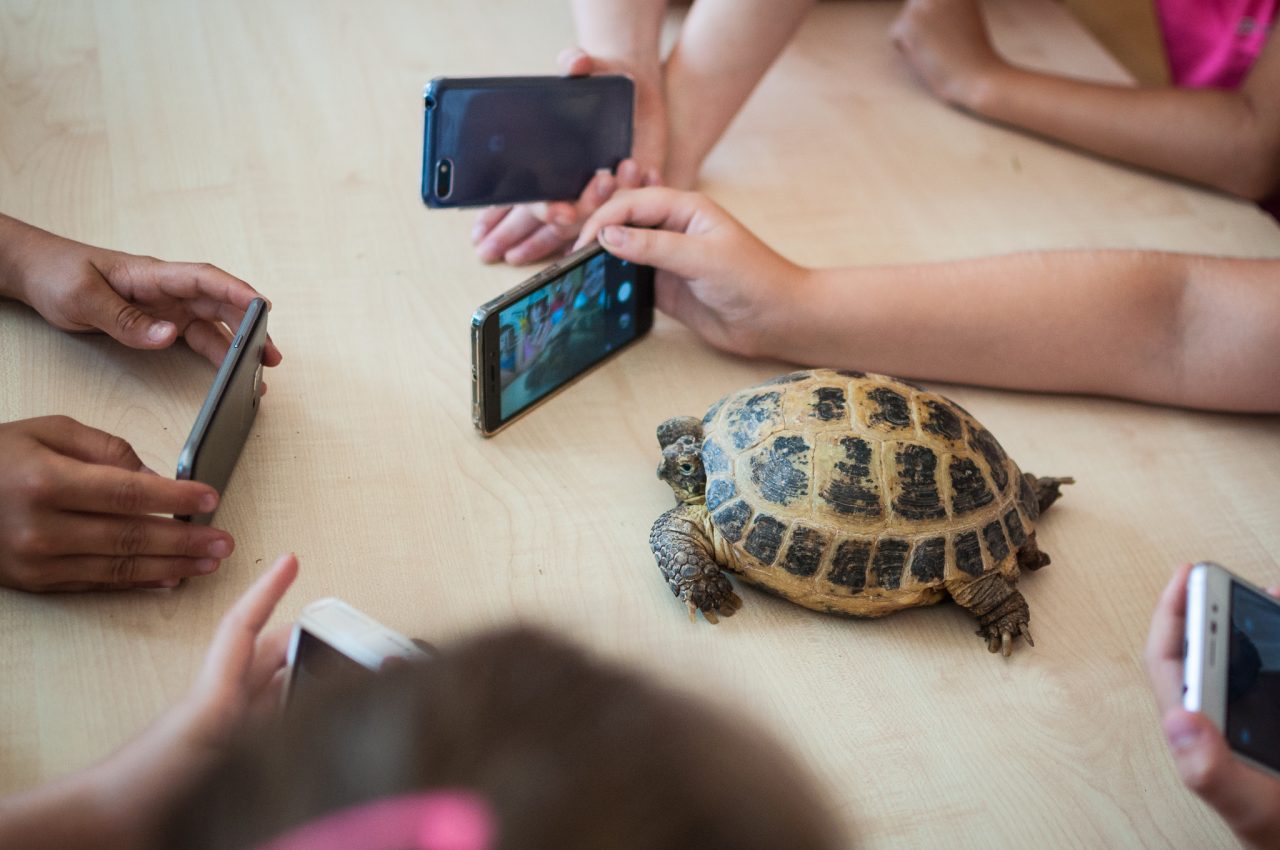
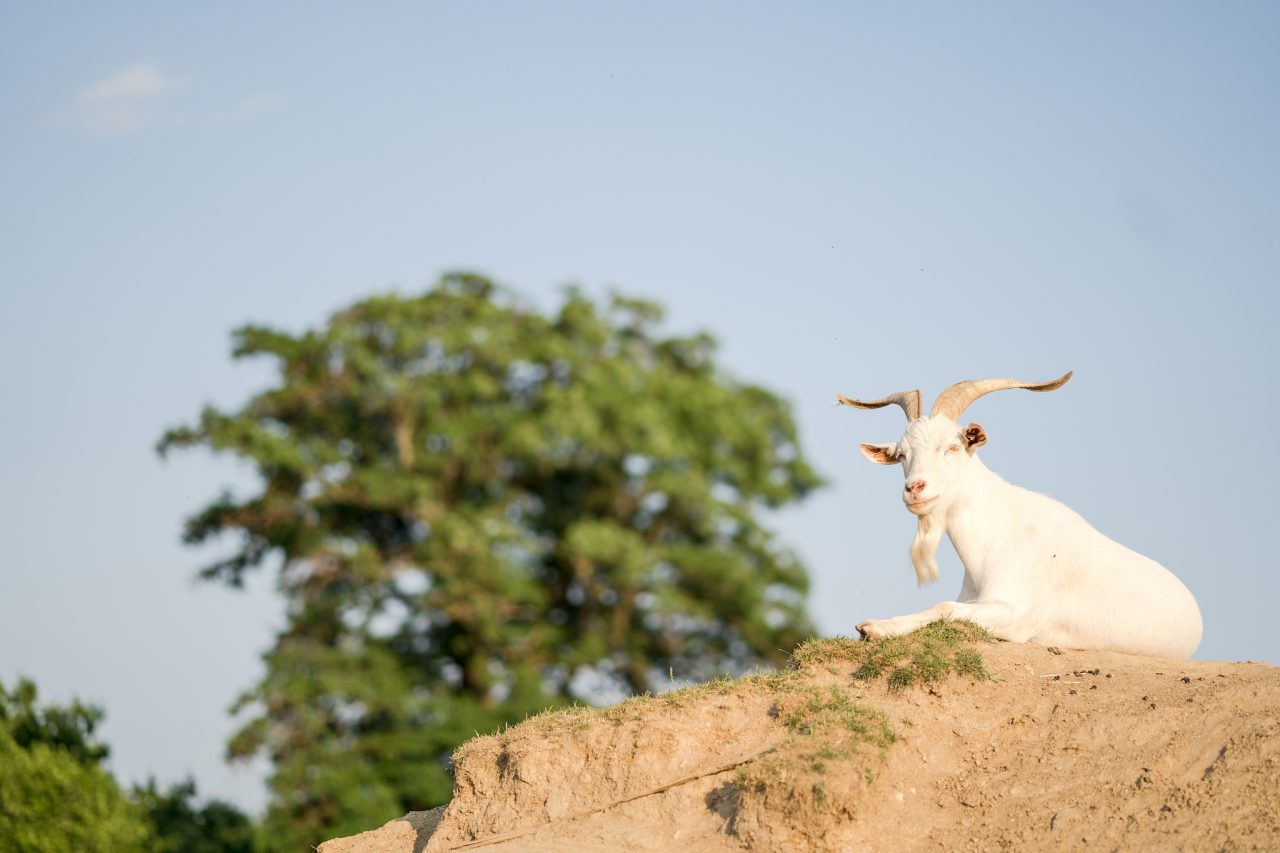
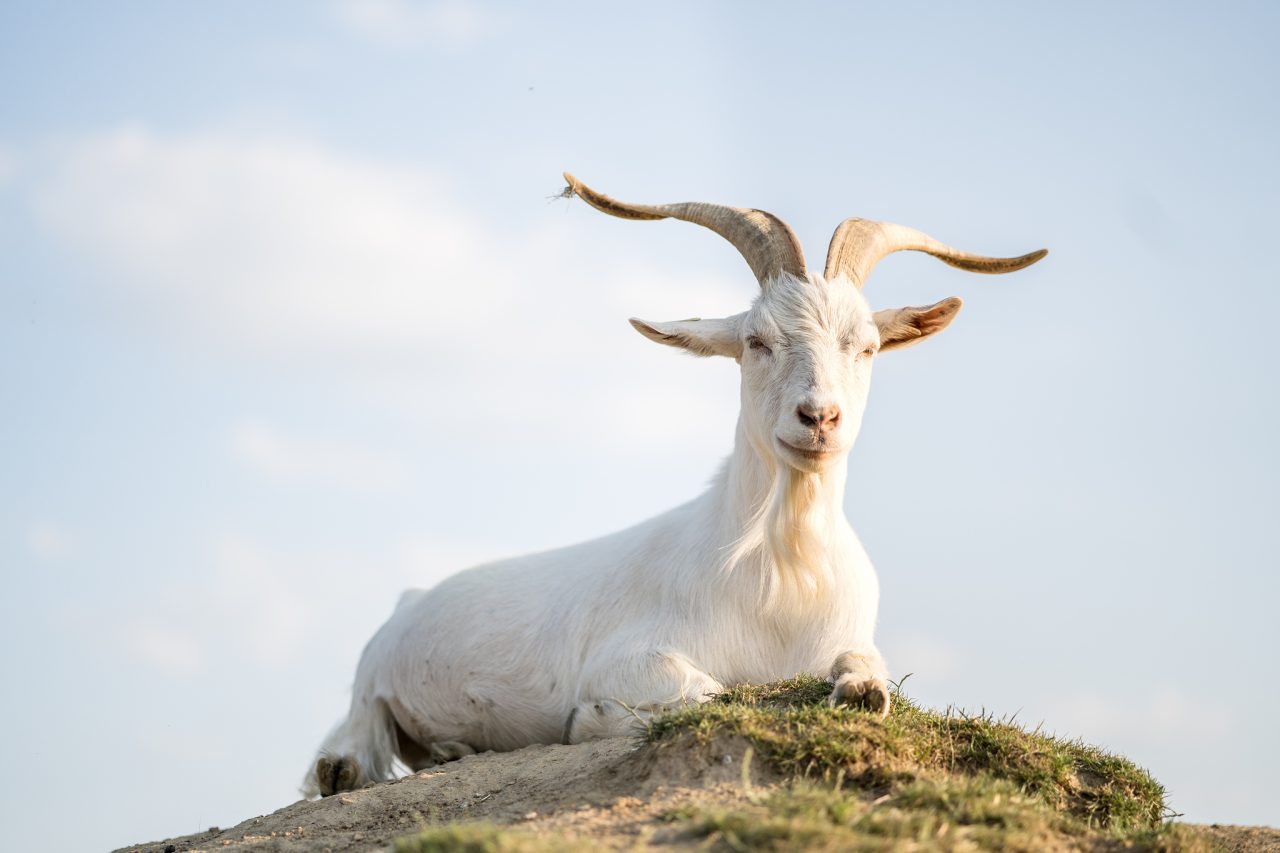
Same goat, different camera angles. Which one do you prefer? 1/3200s, f/1.8, ISO 100, 85mm
Use the environment
The setting and background add depth and context. If you’re photographing in the wild, choose surroundings that match the animal’s character. A deer in a misty forest gives off a different feel than one in a sunny field. In the city, try to reduce distractions like cars and streetlights, or use them creatively.
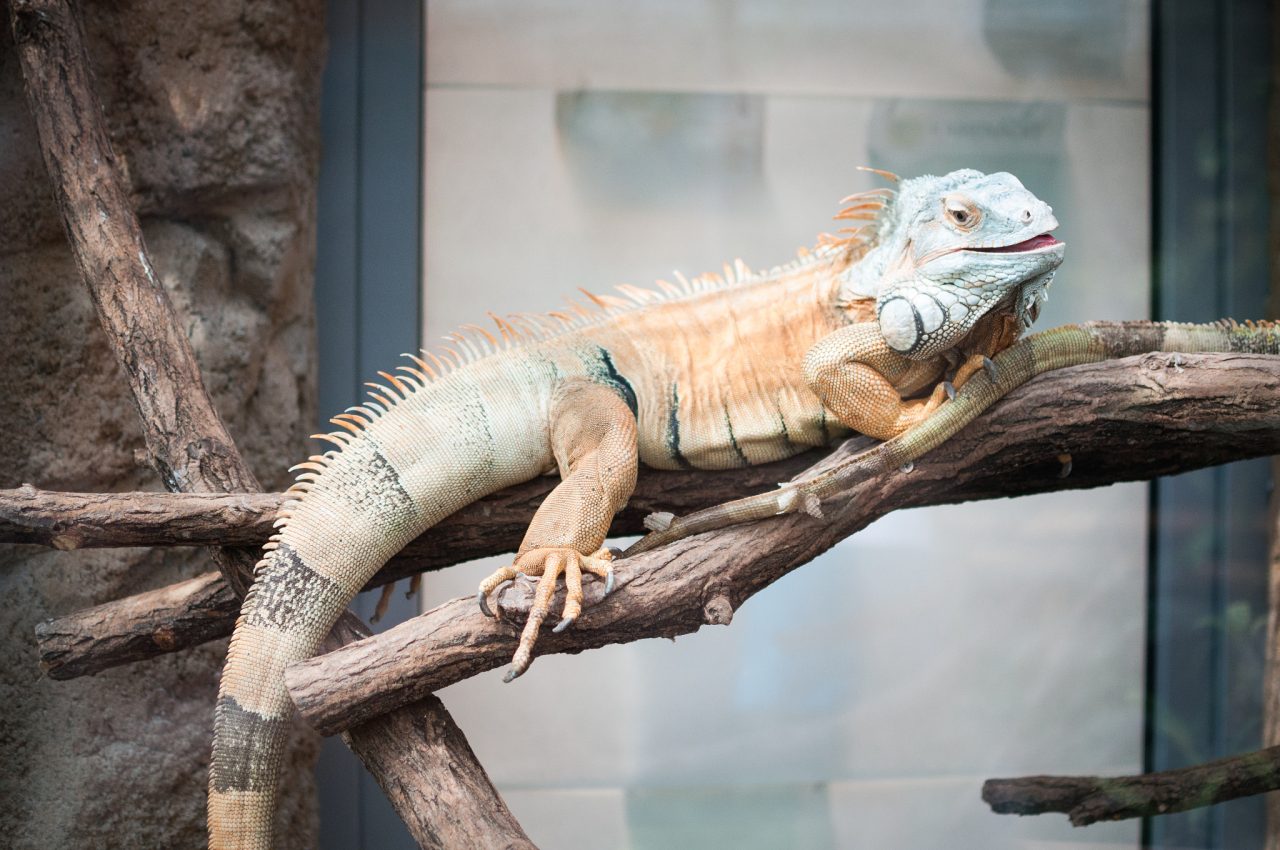
Watch out for backgrounds that make animals “disappear,” like dark fur against a dark background. A light or neutral background helps bring out details in the fur and eyes. You can also use the foreground and background to create depth. Branches or grass can act as natural framing and give the image a more organic feel.
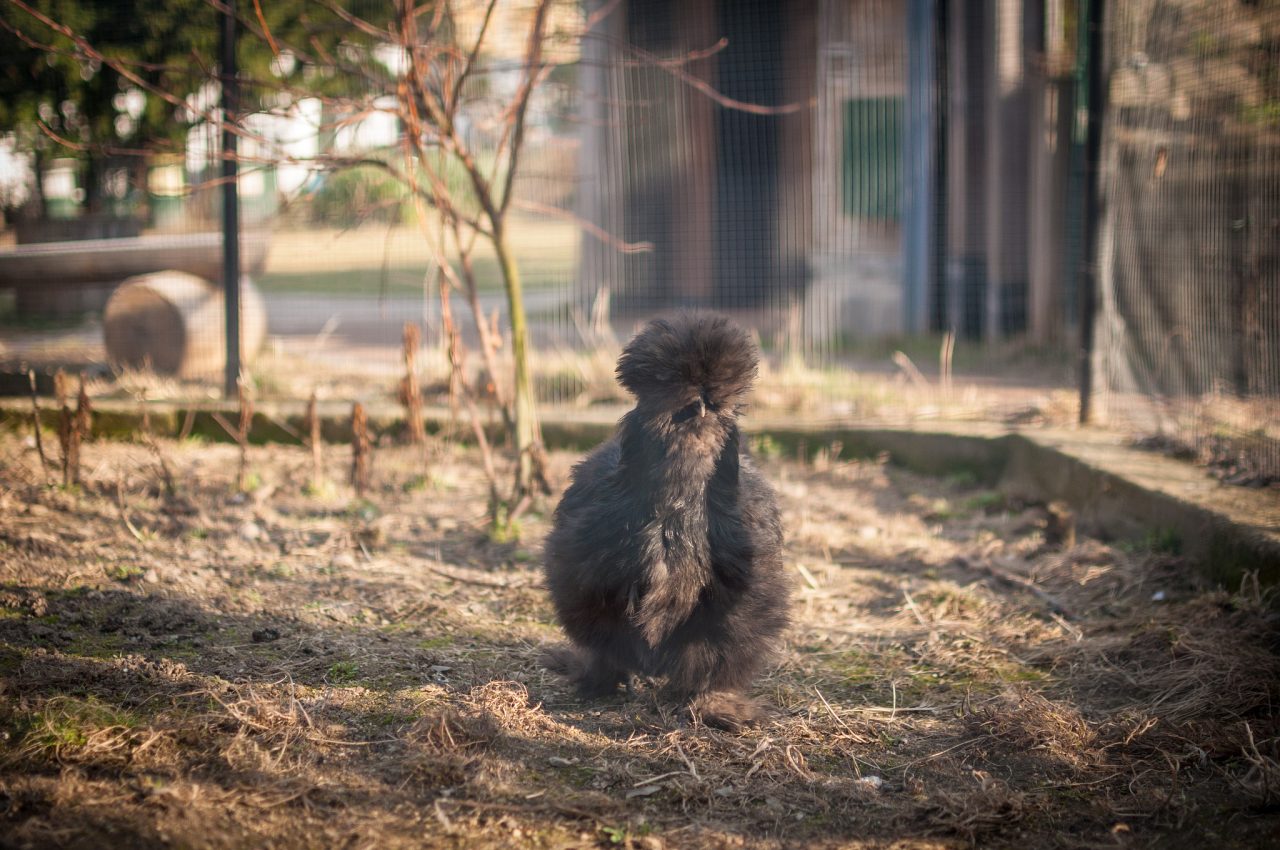
Experiment with creative techniques
In addition to classic portraits, try something different. Silhouettes at sunset can be stunning. Reflections in water can create beautiful symmetry. Panning, or keeping the animal sharp while the background blurs, adds motion and energy to your shots.
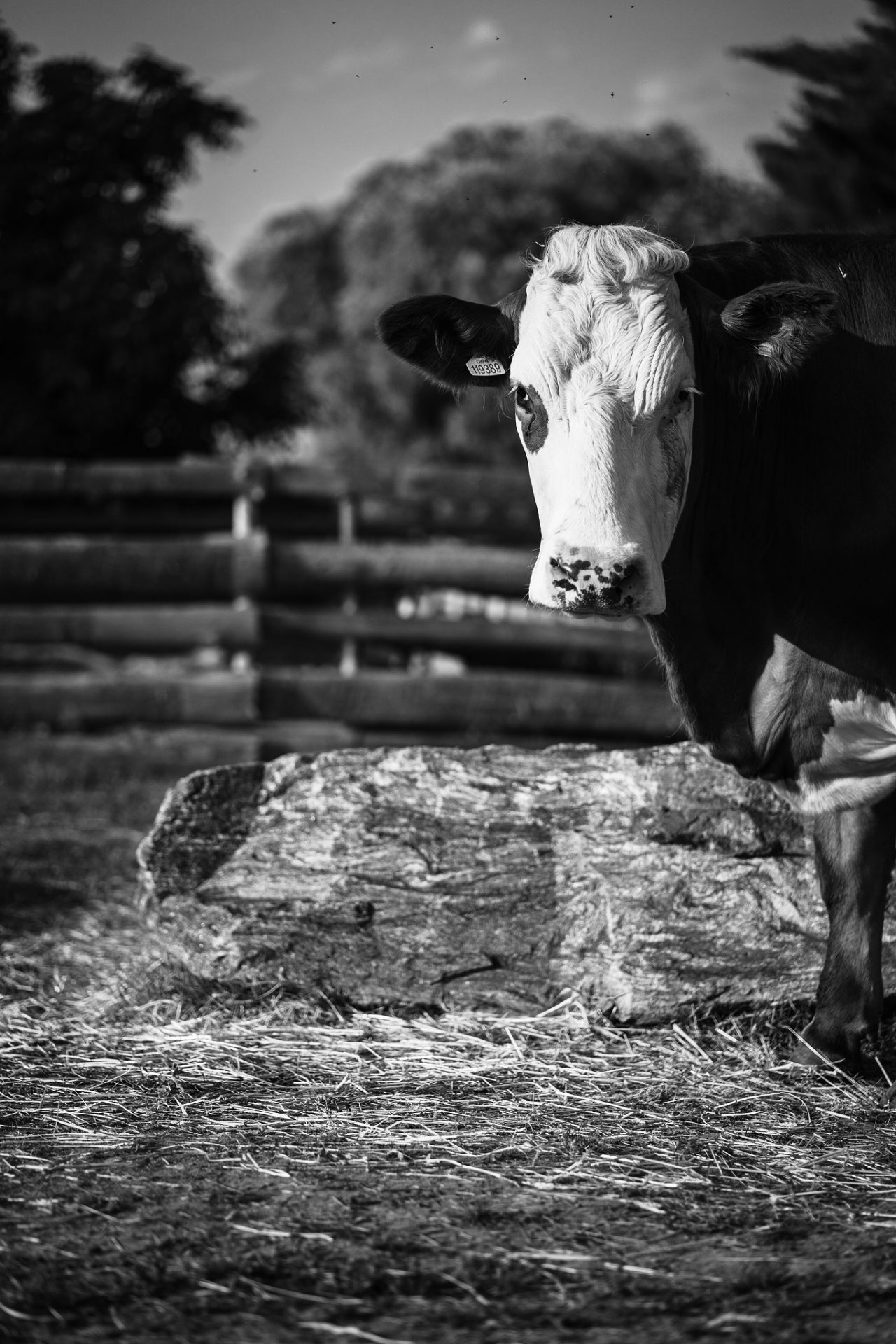
Where to photograph animals
Not everyone has a four-legged model lounging on the couch or hunting mice in the backyard. Try heading into the woods or near a pond. Less patient photographers can visit the zoo, though avoiding railings and fences can be tricky. You may need a telephoto or zoom lens to isolate details, like a camel’s hump.
Farms, llama centers, wildlife parks, rescue centers, and petting zoos often welcome visitors, and the animals are used to people. Animal shelters also host open days. If you want to get photographs of horses in motion, try reaching out to local stables. They may let you shoot a training session.
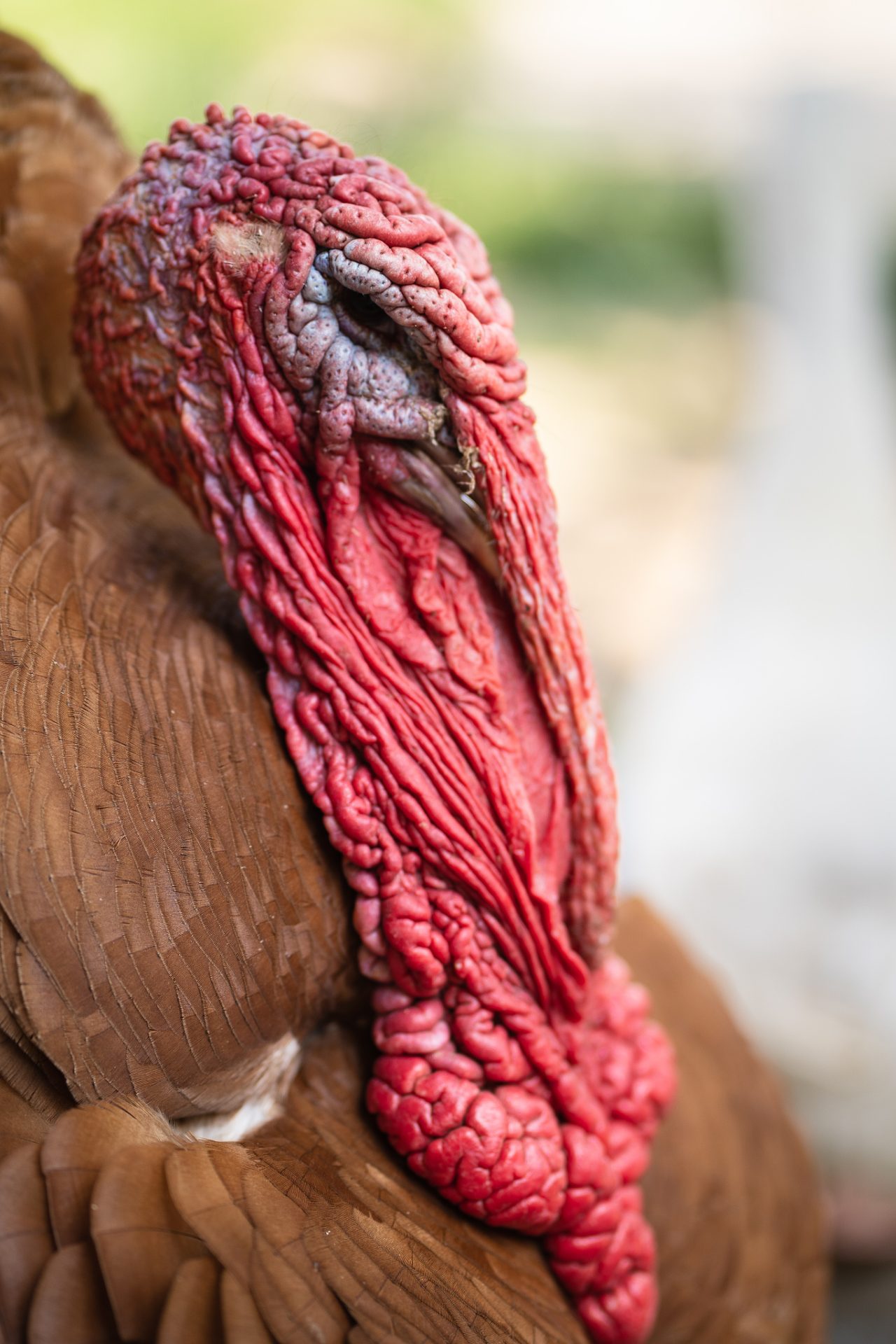
So go grab your camera, find the nearest animal, and try something new. You might just surprise yourself with what you’re able to capture!
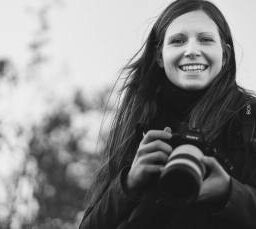
There are no comments yet.